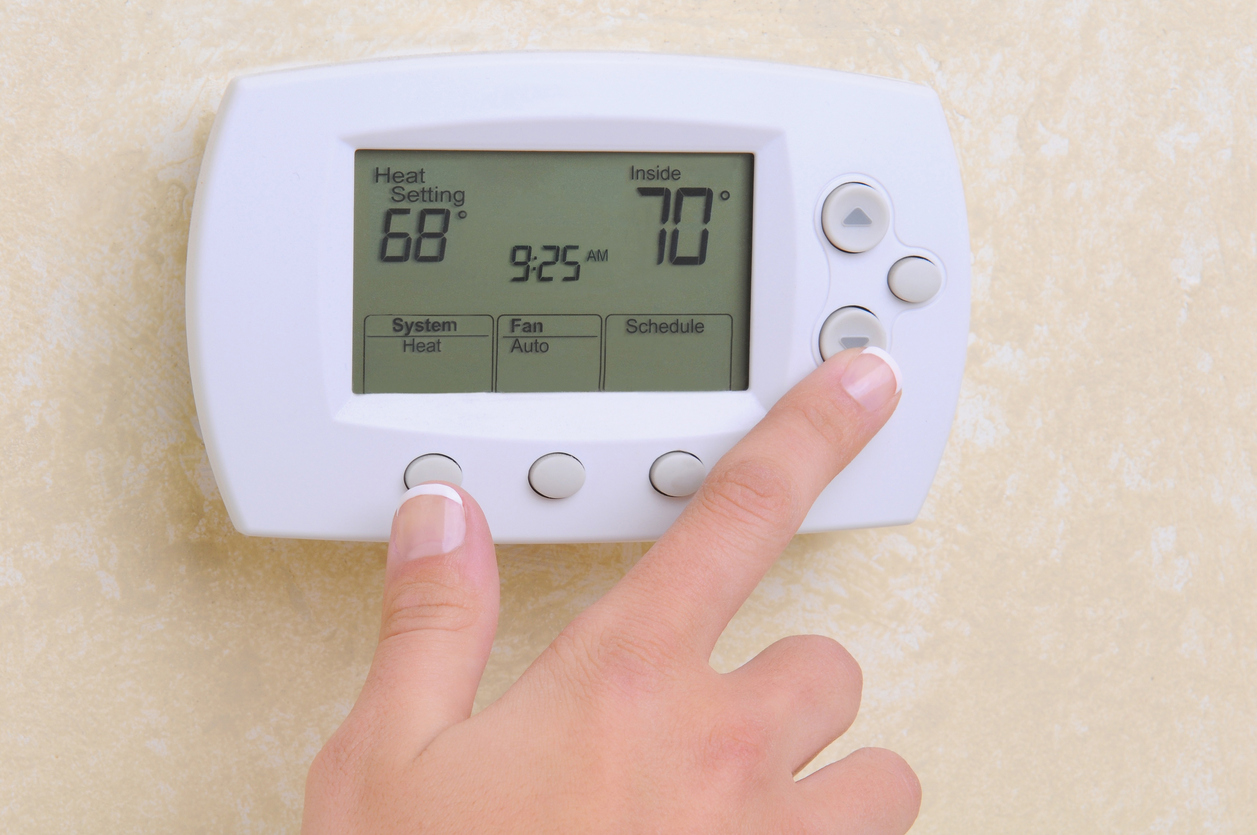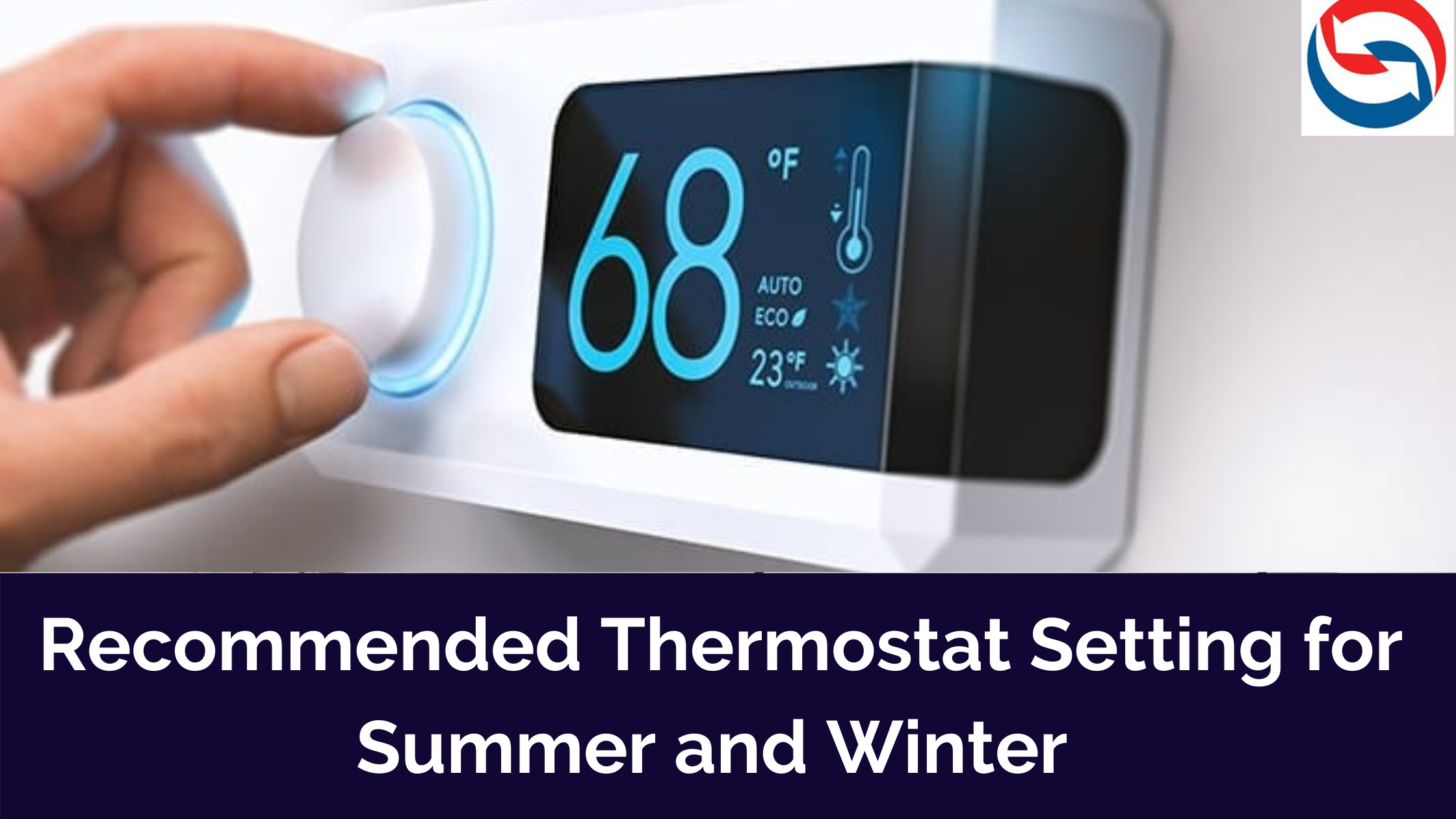How Low Can You Set Thermostat In Winter

Many homeowners try to save money on heating bills during the winter by setting their thermostat to a lower temperature. While this can be effective, going too low can lead to unexpected problems. A common issue is discovering that your home isn't warming up as expected, or experiencing discomfort even with the furnace running intermittently. This article will help you troubleshoot why your efforts to save on energy bills might be backfiring.
Step 1: Confirm Your Thermostat Setting and Operation
The first step is to make sure your thermostat is actually set to the temperature you intend. It sounds simple, but it's easy to accidentally bump the setting or program the thermostat incorrectly.
1.1. Verify the Setpoint Temperature
Carefully check the display on your thermostat. Is it set to "Heat" mode? Is the setpoint temperature (the temperature the thermostat is trying to achieve) what you expect? It's surprisingly easy to confuse the current room temperature with the setpoint temperature. Many thermostats display both, often in different sizes or formats.
1.2. Test Thermostat Responsiveness
Raise the setpoint temperature by a few degrees above the current room temperature. You should hear a click or see an indicator light on the thermostat, signaling that it has called for heat. Listen for your furnace to ignite. If you don't hear or see any indication of activity, proceed to the next steps. Wait at least 5 minutes to see if the furnace turns on. Some systems have a built-in delay.
1.3. Check the Thermostat Batteries
Many thermostats, especially digital ones, rely on batteries. Low batteries can cause erratic behavior, including inaccurate temperature readings or the inability to call for heat. Replace the batteries with fresh ones and repeat steps 1.1 and 1.2.
Step 2: Inspect Your Heating System
If the thermostat seems to be functioning correctly, the problem might lie with your heating system itself. There are several potential culprits here.
2.1. Check the Furnace Power Switch
This is another seemingly obvious but often overlooked step. Locate the power switch for your furnace. It's usually a standard light switch located on or near the furnace itself. Make sure it's in the "On" position. Someone might have accidentally turned it off, or it may have been turned off during maintenance.
2.2. Inspect the Air Filter
A dirty air filter is a very common cause of heating problems. A clogged filter restricts airflow, making it harder for the furnace to heat your home efficiently and can even cause it to overheat and shut down prematurely. Remove the air filter and hold it up to a light. If you can't see light through it easily, it's time to replace it.
Replace the filter with a new one that matches the correct size and type recommended for your furnace. This information is usually printed on the old filter or in your furnace's manual. Refer to the manual to know the type of filter used for your furnace model. Using the wrong filter size may damage your furnace.
After replacing the filter, restart your furnace and give it some time to see if the airflow improves.
2.3. Check the Pilot Light (for Gas Furnaces)
If you have an older gas furnace, it might have a pilot light that needs to be lit. Carefully follow the manufacturer's instructions to relight the pilot light if it's out. These instructions are usually printed on a label attached to the furnace. If you are uncomfortable working with gas, call a professional. Never attempt to relight the pilot light if you smell a strong gas odor.
2.4. Look for Obvious Obstructions
Check around your furnace and vents for any obvious obstructions. Are any vents blocked by furniture, rugs, or curtains? Make sure there's sufficient clearance around the furnace itself for proper airflow. Remove any obstructions you find.
Step 3: Examine Your Home's Insulation and Drafts
Even if your heating system is working perfectly, your home might be losing heat faster than it can be replaced, especially if the thermostat is set very low. Poor insulation and drafts can significantly impact your home's ability to retain heat.
3.1. Assess Insulation
Check your attic insulation. This is often the most significant area of heat loss in a home. Is there adequate insulation? The recommended insulation level depends on your climate, but generally, you should have at least 10-12 inches of fiberglass or cellulose insulation. If you can see the attic floor joists, you need more insulation. Also check your wall insulation, you may need to contact professionals to perform this.
3.2. Identify and Seal Drafts
Walk around your home and feel for drafts. Common areas for drafts include windows, doors, electrical outlets, and gaps around pipes and wires. Seal any drafts you find using caulk, weather stripping, or expanding foam. Pay particular attention to areas around windows and doors.
- Weatherstripping: Replace worn or damaged weatherstripping around doors and windows.
- Caulking: Seal gaps and cracks around windows, door frames, and other openings with caulk.
- Door Sweeps: Install door sweeps on exterior doors to prevent drafts from entering under the door.
- Outlet and Switch Plate Sealers: Install foam sealers behind electrical outlets and switch plates on exterior walls to prevent drafts.
3.3. Consider Window Coverings
Use insulated curtains or blinds to help retain heat. Close them at night to reduce heat loss through windows and open them during the day to allow sunlight to warm your home (if it's sunny, of course!).
Step 4: Understand Potential Consequences of Extremely Low Thermostat Settings
While saving money is a valid goal, setting your thermostat too low can have unintended consequences.
4.1. Risk of Frozen Pipes
This is the most serious risk. If your home gets too cold, particularly in areas where pipes run along exterior walls, the pipes can freeze and burst. This can cause significant water damage. Generally, it's not recommended to set your thermostat below 55°F (13°C) to minimize this risk.
4.2. Increased Condensation and Mold Growth
Low temperatures combined with humidity can lead to condensation on walls and windows. This moisture can promote mold growth, which can be harmful to your health and damage your home. Ensure adequate ventilation and consider using a dehumidifier if you notice condensation.
4.3. Delayed Heating Recovery
It takes significantly more energy to reheat a cold home than to maintain a stable temperature. Your furnace will have to work harder and longer to bring the temperature back up to a comfortable level, potentially negating any energy savings from lowering the thermostat in the first place. Also, depending on the age of your furnace, the efficiency in heating from a significantly lowered temperature, to a comfortable temperature may actually cost more.
4.4. Discomfort and Health Concerns
Prolonged exposure to cold temperatures can be uncomfortable and can exacerbate certain health conditions, particularly for elderly individuals or those with respiratory problems. Prioritize your comfort and health when setting your thermostat.
Step 5: When to Call a Professional
If you've tried the troubleshooting steps above and your home is still not heating properly, it's time to call a qualified HVAC technician. Here are some specific situations where professional help is needed:
5.1. Persistent Furnace Problems
If your furnace is making unusual noises, frequently turning on and off, or not producing heat at all, it likely indicates a more serious mechanical issue. Do not attempt to repair complex furnace components yourself. This could be dangerous and could void your warranty.
5.2. Suspect Carbon Monoxide Leak
If you suspect a carbon monoxide leak (e.g., if you have a CO detector alarming), evacuate your home immediately and call your gas company or the fire department. Carbon monoxide is a deadly gas that is odorless and colorless.
5.3. Difficult-to-Diagnose Issues
If you've checked all the basics and still can't figure out why your home isn't heating properly, a professional can perform a more thorough inspection and diagnose the root cause of the problem. This may include checking the gas pressure, inspecting the heat exchanger, or testing the electrical components of your furnace.
5.4. Significant Insulation or Air Sealing Needs
If you determine that your home's insulation is inadequate or that you have significant air leaks, you may need to hire a professional insulation contractor or energy auditor to assess your home and recommend appropriate solutions. They can identify hidden air leaks and areas where insulation is lacking and can provide expert advice on how to improve your home's energy efficiency.
Conclusion
Setting your thermostat lower in the winter can save you money on heating bills, but it's important to do so responsibly. By understanding the potential consequences of extremely low settings and following the troubleshooting steps outlined in this article, you can maintain a comfortable and safe home while minimizing your energy consumption. Remember, if you're unsure about any aspect of your heating system, it's always best to err on the side of caution and call a qualified HVAC technician. Maintaining a safe and comfortable home in winter depends on balance, and being proactive will help you to achieve this goal!










